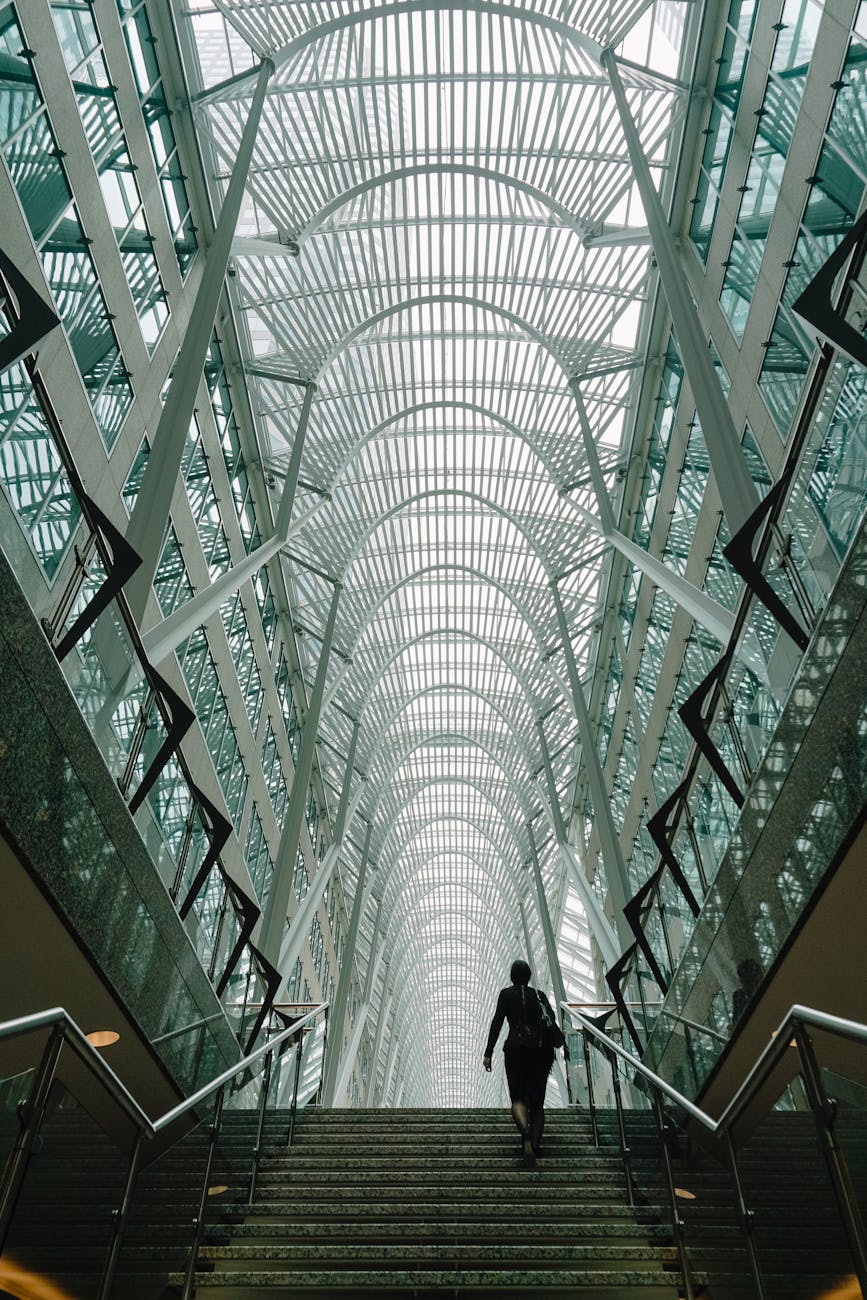In today’s eco-conscious world, making sustainable choices in all aspects of our lives has become a priority for many. Among these choices, selecting the right lighting technology stands out as a simple yet impactful decision. LED lighting, renowned for its incredible lifespan, is at the forefront of this movement. Not only do LEDs offer environmental benefits, but they also present significant savings in both time and money for consumers. In this blog post, we delve into the long-term advantages of investing in LED technology.
The Basics of LED Technology
LED, or Light Emitting Diode, lights are a revolutionary form of lighting that is vastly more efficient than traditional incandescent and fluorescent bulbs.  LEDs operate by passing an electrical current through a microchip, which illuminates the tiny light sources we call LEDs.
LEDs operate by passing an electrical current through a microchip, which illuminates the tiny light sources we call LEDs.
Understanding LED Lifespan
The lifespan of an LED light is one of its most compelling features. Unlike conventional bulbs, which may last for about 1,000 hours, LEDs can shine for up to 50,000 hours or even more. This extended lifespan means fewer replacements and, consequently, less waste.
Energy Efficiency and Cost Savings
LEDs are not only long-lasting but also incredibly energy-efficient. They use up to 75% less energy than incandescent lighting, leading to significant savings on electricity bills over time. This efficiency contributes to the overall cost-effectiveness of LED lighting as a long-term investment.
Reduced Maintenance and Replacement Costs
The durability of LEDs translates into reduced maintenance and replacement costs. The need to frequently purchase and replace bulbs is greatly minimized, saving you both time and money on upkeep.
Environmental Impact
The extended lifespan and efficiency of LEDs also have positive implications for the environment. By using less energy and producing less waste, LEDs help reduce your carbon footprint, making them a more sustainable lighting choice.
The Role of Quality in LED Lifespan
Not all LEDs are created equal. The quality of the LED significantly influences its lifespan and performance. Investing in high-quality LED lighting from reputable manufacturers ensures you get the most out of your investment.
Understanding the Initial Cost
The upfront cost of LED lighting is often higher than that of traditional lighting options. However, when considering the long-term savings in energy, maintenance, and replacement costs, LEDs prove to be more economical over time.
LEDs in the Home
LEDs are incredibly versatile and can be used in various applications within the home, from ambient lighting to task lighting and decorative accents. This versatility, combined with the cost-saving benefits, makes LEDs an excellent choice for homeowners.
LEDs in Commercial Spaces
The benefits of LEDs extend beyond residential settings. In commercial spaces, where lights are often on for extended periods, the savings in energy and maintenance costs can be substantial.
Government Incentives and Rebates
Some governments offer incentives and rebates for switching to energy-efficient lighting options like LEDs. These programs can help offset the initial cost and accelerate the return on investment.
Color Temperature and Light Quality
LEDs offer a wide range of color temperatures, allowing you to customize the ambiance of your space. Additionally, the quality of light produced by LEDs is often superior to traditional lighting, enhancing the overall aesthetic of your environment.
Impact on Health and Well-being
Recent studies suggest that the quality of light affects our health and well-being. LEDs, offering a spectrum of light similar to natural sunlight, can help regulate sleep patterns and improve overall mood.
The Future of Lighting
With advancements in technology, the efficiency, lifespan, and capabilities of LED lighting continue to improve. As we move towards more sustainable living, LEDs are set to play a pivotal role in the future of lighting.
Choosing the Right LEDs
Selecting the right LED products for your needs involves considering factors such as color temperature, lumens, and wattage. Comprehensive guides are available to aid in this decision-making process.
Final Thoughts
The transition to LED lighting represents a smart investment in the future of both our planet and our wallets. With the long-term savings in energy, maintenance, and replacement costs, along with the environmental benefits, the choice is clear.
Frequently Asked Questions
Are LED lights really more expensive upfront? While the initial cost of LED lights is generally higher than traditional lighting options, the long-term savings in energy and maintenance costs make them a more economical choice over time.
Can LEDs be used in any fixture? Most modern LED bulbs are designed to fit standard fixtures, making it easy to switch to LEDs without needing special equipment.
Do LEDs provide enough light? Yes, LEDs can produce the same amount of light as traditional bulbs while using much less energy. Plus, they are available in various color temperatures to suit different needs.
How do I dispose of LED bulbs? LED bulbs contain no hazardous materials and can be disposed of with regular waste in many areas, though recycling is always the best option.
Are there different types of LED lights? Yes, LEDs come in a variety of shapes, sizes, and applications, including strips, bulbs, and integrated fixtures, to suit different lighting needs.





